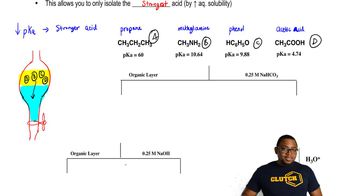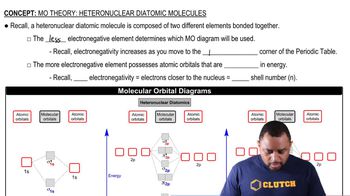Here are the essential concepts you must grasp in order to answer the question correctly.
Atmospheric Layers
Earth's atmosphere is divided into several layers, each characterized by distinct temperature gradients and composition. The troposphere is closest to the surface, followed by the stratosphere, mesosphere, and thermosphere. The aurora borealis occurs in the thermosphere, typically between 55 and 95 km above the Earth's surface, where charged particles from the sun interact with atmospheric gases.
Recommended video:
Auroras
Auroras, including the aurora borealis, are natural light displays predominantly seen in high-latitude regions. They are caused by the excitation of atoms and molecules in the atmosphere when charged particles from solar wind collide with them. This interaction results in the emission of light, creating the beautiful colors associated with auroras, primarily in the thermosphere.
Excitation of Atoms and Molecules
Excitation refers to the process where atoms or molecules absorb energy and move to a higher energy state. In the context of auroras, when energetic particles collide with atmospheric gases, they transfer energy, exciting the atoms and molecules. As these excited particles return to their ground state, they release energy in the form of light, contributing to the visual phenomenon of the aurora borealis.
Recommended video:
Heteronuclear Diatomic Molecules





